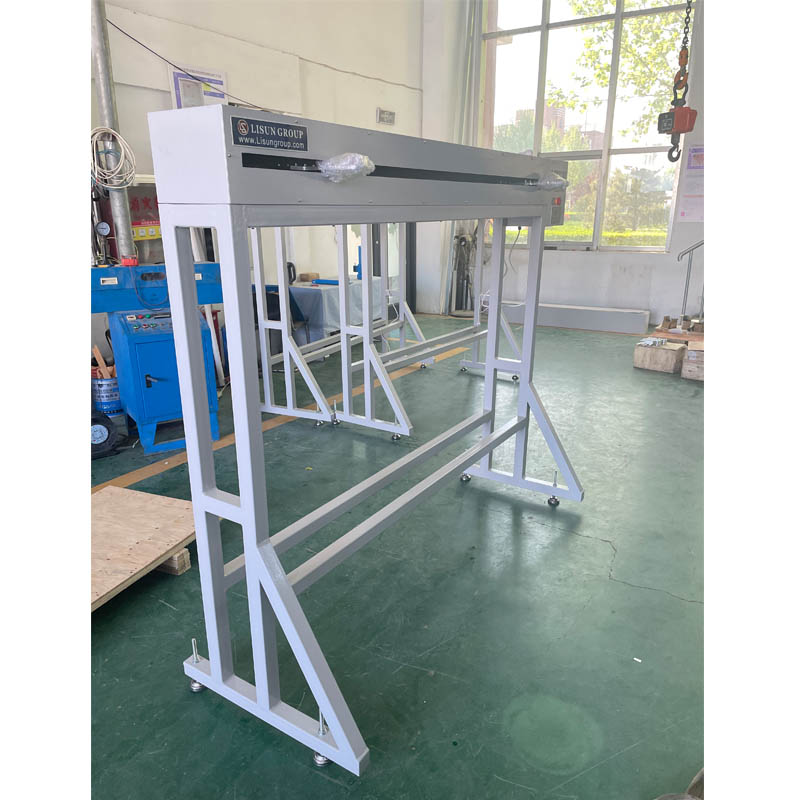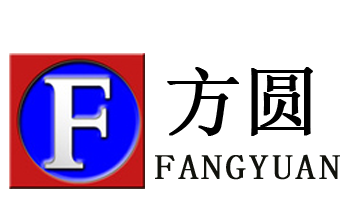ultraviolet irradiation polyolefin crosslinking machine
The Role of Ultraviolet Irradiation in Polyolefin Crosslinking A Modern Approach
Ultraviolet (UV) irradiation has emerged as a pivotal technique in the crosslinking of polyolefins, offering numerous advantages in the production of high-performance materials. Polyolefins, such as polyethylene and polypropylene, are widely used in various applications due to their favorable properties, including chemical resistance, low density, and excellent toughness. However, to enhance these properties further, crosslinking is often employed.
Crosslinking modifies the polymer structure by forming covalent bonds between polymer chains, significantly improving mechanical strength, thermal resistance, and chemical stability. Traditional methods of crosslinking, such as using heat or chemical agents, can be energy-intensive and time-consuming. In contrast, UV irradiation provides a more efficient and environmentally friendly alternative.
A UV irradiation polyolefin crosslinking machine utilizes high-intensity ultraviolet light to initiate the crosslinking process. When polyolefin materials are exposed to UV light, it generates free radicals through the photoinitiation of special additives or oligomers incorporated into the polymer matrix. These free radicals facilitate the formation of crosslinks, resulting in a three-dimensional network structure that enhances the performance characteristics of the material.
ultraviolet irradiation polyolefin crosslinking machine

One of the primary benefits of UV irradiation crosslinking is its speed. The process can be completed in seconds, making it suitable for high-throughput manufacturing environments. Additionally, the selectivity of UV light allows for precise control over the crosslinking depth and degree, tailoring material properties to specific applications.
Moreover, UV crosslinking can be performed at room temperature, reducing energy consumption and minimizing thermal degradation of temperature-sensitive materials. This characteristic makes it an excellent choice for applications in the automotive, aerospace, and medical sectors, where material integrity is critical.
Despite its advantages, the use of UV irradiation in crosslinking polyolefins requires careful consideration of factors such as wavelength, intensity, and exposure time to ensure optimal results. As technology advances, the development of specialized UV sources and photoinitiators will further enhance the efficiency and effectiveness of this crosslinking method.
In conclusion, UV irradiation is transforming the landscape of polyolefin crosslinking, providing a fast, efficient, and environmentally friendly approach to producing high-quality materials. As industries continue to explore the benefits of this innovative technology, we can expect to see even broader applications and advancements in material science.
-
The Role of Tensile Force Testers in Quality Control and Material Science
NewsAug.01,2025
-
Maintenance and Safety Tips for Aging Ovens
NewsAug.01,2025
-
Density Balance in Forensic Science
NewsAug.01,2025
-
Advanced Optical Measurement Technologies
NewsAug.01,2025
-
A Buyer’s Guide to Tensile Test Machines
NewsAug.01,2025
-
Why the Conductor Resistance Constant Temperature Measurement Machine Redefines Precision
NewsJun.20,2025
 Copyright © 2025 Hebei Fangyuan Instrument & Equipment Co.,Ltd. All Rights Reserved. Sitemap | Privacy Policy
Copyright © 2025 Hebei Fangyuan Instrument & Equipment Co.,Ltd. All Rights Reserved. Sitemap | Privacy Policy

